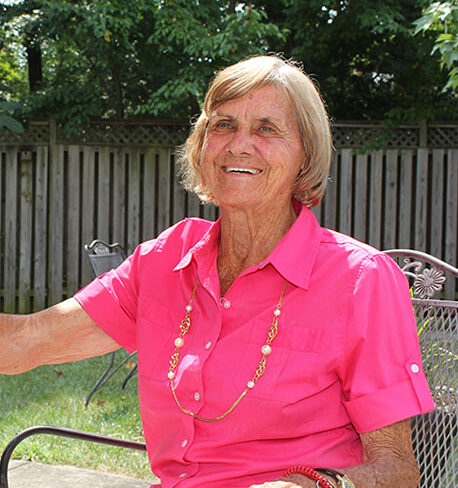When older adults and their families first begin to explore senior housing options, one challenge they encounter is navigating the terminology. The senior care industry, like the health care industry, is rife with clinical terms, acronyms, and unfamiliar language. For those new to senior living, it can be tough to decode.
To help make your search a little easier, we explain some terminology you may encounter when visiting a senior-living community.
Understanding Senior Living Terminology
When you first contact a senior-living community, you may wonder what type of care your family elder requires. Here’s a quick overview of the three most common types of care:
- Independent living: Residents in these communities are typically interested in maintenance-free living with fewer responsibilities. This allows retirees to travel, spend time with their grandchildren, volunteer, or participate in life-enrichment activities and events held on campus. The focus of an independent living community is more about socialization than personal care or medical needs.
- Assisted living: Older adults in an assisted living community usually require a helping hand with some of their daily activities. Having a caregiver nearby to assist with dressing for the day, trips to the bathroom, or a housekeeping task allows residents to remain in their apartment or suite. Residents in an assisted living community enjoy three nutritious meals each day, a wide range of activities and wellness programs, and informal opportunities to socialize.
- Memory care: When an older adult is diagnosed with Alzheimer’s disease or another form of dementia, a memory care community is often an ideal solution. These programs are designed to promote quality of life, safety, and peace of mind. Every detail from meals to activities is designed for the unique needs of an adult with dementia.
A few terms you might encounter in relation to your senior loved one’s care include:
- Ambulatory or nonambulatory: These terms describe a resident’s ability to walk with or without assistance. It’s vital for seniors and their families to be frank about how well the older adult can get around because this information is used to determine their level of care. The amount of assistance required impacts both staffing requirements and the monthly resident fee.
- Activities of daily living (ADL): This is another phrase you will encounter often in an assisted living or memory care community. There are six basic ADLs: bathing, dressing, eating, toileting, continence care, and walking/transferring. Community staff complete an assessment before a potential resident moves in to determine how many ADLs they need help with each day.
- Medication management: One of the most utilized services in assisted living and memory care communities is medication management. These services vary by community, but typically include medication reminders or administration.
One additional area of confusion for older adults and their families is how to finance senior living. From benefits for veterans to long-term care insurance, there is a lot to sort through.
That’s why we created the “Five Star Senior Living Funding Guide.” You can download a free copy today to explore your financing options.

